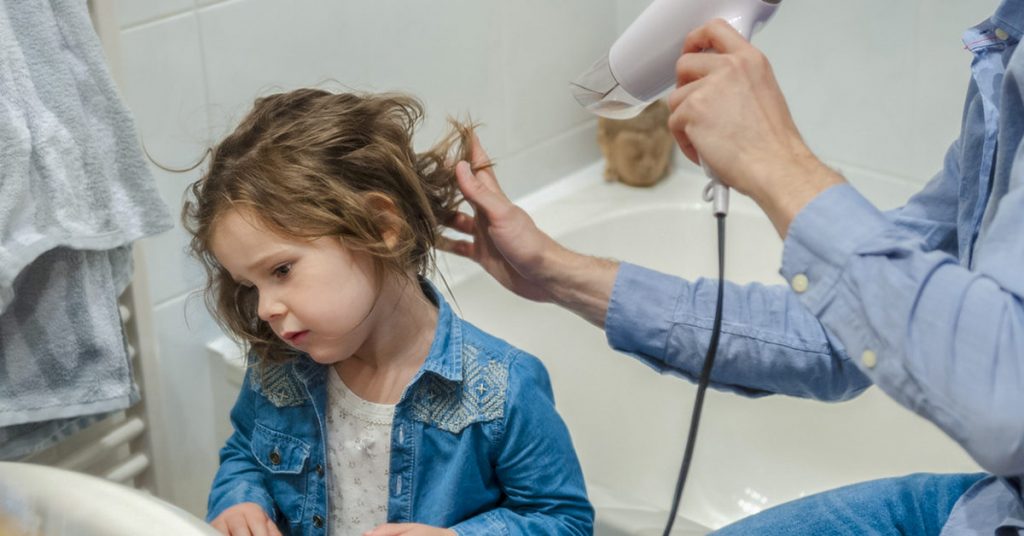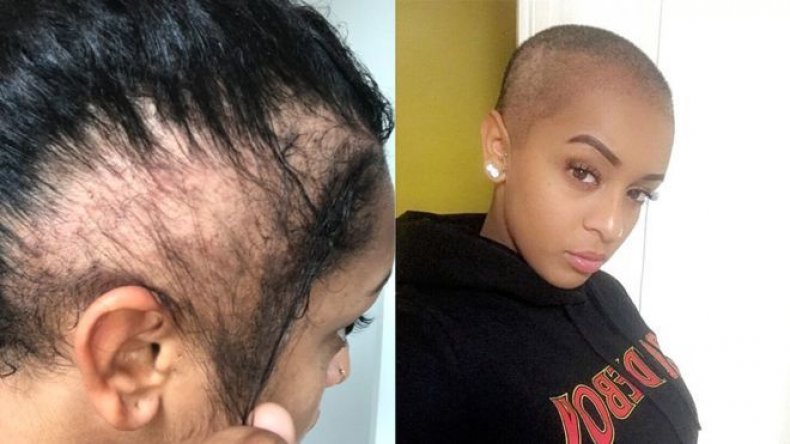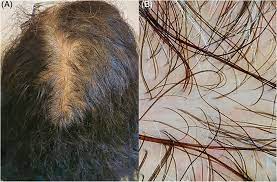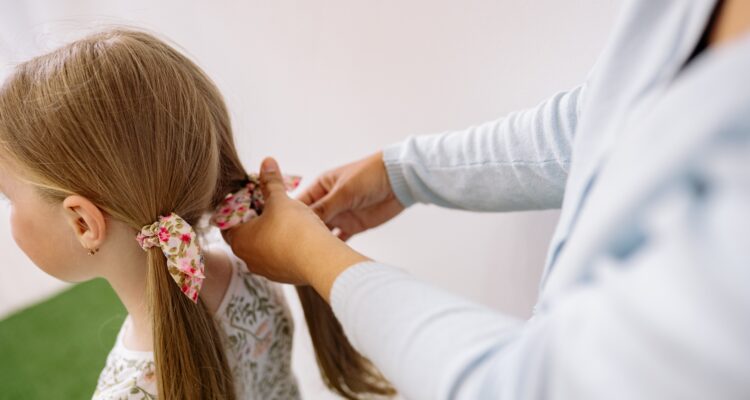All You Need to Know About Alopecia in Kids

It is common to find all types of advertisements for hair loss products in the middle of your favorite TV shows. However, regardless of how many adverts of this kind you’ve seen, it would surprise you to find products targeting hair loss in children. This is because hair loss is pretty typical for both ladies and men. Hence, the numerous medication and lotions meant for hair rejuvenation in adults make sense for many people. On the other side of things, many people aren’t aware that hair loss also affects kids.
The main difference between hair loss in adults and kids is the pattern typically found in each age group. For instance, the commonest cause of hair loss in adults is androgenetic alopecia, whereas for kids is from infective causes, i.e., bacterial and fungal microbial. Are you worried that your child has hair loss signs and has no idea where to start? If you’re in such shoes, this is the right place to get fool-proof info on dealing with hair loss among children. From the causes to managing these conditions, read on to understand all you need to know concerning hair loss in children.
Common Hair Loss Causes in Kids
1. Tinea Capitis

Tinea capitis, or ringworm, is the leading cause of alopecia in kids due to fungal infection. As the name suggests, ringworms cause rashes that form a red ring on the scalp, with a patchy distribution pattern. In addition to this, parents also report persistent itchiness, which is first noticed with kids constantly scratching their heads.
With this in mind, it’s possible to understand alopecia in kids comes about. To begin with, the ringworm infection can slowly lead to alopecia in kids. In addition to the infection, consistent scratching also causes alopecia in kids by displacing hair and further spreading the ringworm infection. Of note is that in some cases, itching can be so severe that kids even pull out their locks in an attempt to relieve it.
Alopecia in kids due to ringworms often occurs in few spots on the scalp, generally around the itchiest and irritated areas. So, what’s the hair loss treatment for ringworms? Doctors typically prescribe topical antifungals for application around the infected areas for around two weeks and a combination of both topical and oral antifungals in the case of severe infections. Hair loss kids should stop once the infection has cleared, and regrowth should begin within the next few weeks.
2. Alopecia Areata
This is a condition where a person’s immune system mounts an attack on the body’s hair follicles and is a significant source of hair loss in kids. At times, the condition leads to thinning a child’s hair and, in extremes, cause complete baldness. In addition to scalp hair loss kids, some parents may report loss of their kids’ eyelashes and eyebrows. Regardless of where the hair loss occurs, the areas left take the appearance of the skin surrounding them and are smooth.
A significant number of kids with this kind of hair loss go through spells of their hair falling out and then being followed by some spurts of regrowth. There are numerous sub-categories of Alopecia areata, with each subtype having a characteristic pattern of alopecia in kids. Could you be asking yourself, “Are hair loss treatments effective in this condition?”
Unfortunately, unlike pinpointing the best jasmine rice, there is no specific cure for hair loss in kids with Alopecia areata. However, a few drugs can be used to prevent and control the rate at which the body’s immune system attacks hair follicles.
In addition to this, instead of hair loss shampoos, you can use light therapy to help accelerate follicle growth. Most kids experience recurrence of the loss once treatment is stopped, hence making it advisable to finish the prescribed days of light therapy even when the symptoms have cleared.
3. Alopecia Due to Traction

Traction alopecia is another common condition out of the many hair loss causes. This condition is caused by long periods of tagging or pulling hair, like in tightly braided children or those who’ve had ponytails for long. Hair loss kids due to traction alopecia present with an itchy scalp, with some bald, red spots occurring in the places that experience the most pressure. For instance, hairstyles that result in tension around the back of the head will lead to more alopecia in kids there.
How hair loss can be prevented in this condition is through getting your kids looser styles for their locks. However, it would help if you remembered that it could take some time for regrowth. The only time a doctor may choose hair loss tablets for traction alopecia is when giving antibiotics if an infection develops on the scalp.
4. Scalp Injury

Scalp injuries like burns or head trauma can cause significant alopecia in kids by ruining hair follicles. In such cases, we would advise you to seek immediate medical help for your child. There is a risk of permanent hair loss on the affected scalp areas, significantly if the deep skin structures have been damaged. If damage is kept to the minimum, alopecia in kids due to trauma will typically resolve when the injuries are well healed.
5. Telogen Effluvium

This is a condition that presents with alopecia in kids following a period of emotional or physical turmoil. Typically, hair growth follows regular and predictable patterns that are grouped into stages or phases. The first stage of development of follicles takes place from the first year of life to around seven years and is known as the anagen stage. The hair then transits into the telogen stage, a “plateau phase” (where growth stagnates).
The telogen stage should take 3-5 months before the follicle is shed off and is replaced by a new one. Typically, at least 75% of the hair on a child’s head should be growing at any one point in time, and this is when hair loss is a problem due to Telogen effluvium. This condition causes a more significant percentage of hair to transit into the telogen stage and remains there, ultimately leading to alopecia in kids.
So, what are some things you should look out for to prevent alopecia in kids due to Telogen effluvium? The most typical causes include infections, emotional and physical stress, and medication such as anti-acne and general anesthesia drugs. Many-a-times, Telogen effluvium causes hair loss stress, and parents hardly know when their kids have it. Therefore, we recommend that people have a high index of suspicion once they notice progressive hair loss over several months. The earlier the condition is caught, the easier it is for successful treatment to be instituted.
When Should You Seek Medical Help for Hair Loss Kids?

It’s common for parents to ask what hair loss is normal and when they should take the step to see a doctor for alopecia in kids. To start with, it’s important to note that kids lose little amounts of hair daily. In light of this, you shouldn’t get worried whenever you spot some strands of hair on your child’s comb or hair loss when washing. However, look out for abnormal hair loss in kids which can present with;
- Your child complaining of pain on their scalp despite using anti-hair loss products.
- Conspicuous bald spots on the scalp with a different color from the surrounding skin.
- Loss of your kid`s eyelashes or eyebrows.
- Increased alopecia in kids after starting new drugs for an ongoing illness.
- Your kids sustaining burns or trauma on the scalp.
In addition to the above, you should note that hair loss kids due to alopecia areata or other long-standing hair loss conditions will require psychological support. So, on top of giving hair loss vitamins and hair loss zinc, among other medications, ensure that you visit a clinical psychologist with your kid to provide holistic management for them.
Conclusion

Alopecia in kids is more common than you’d think, with reports of about 3% of all pediatric visits being due to alopecia in kids. There are numerous causes of hair loss, with infections and scalp injuries, being some of the significant ones. Regardless of the cause of your child’s hair loss, or loss of eyelashes or eyebrows, ensure that you visit a doctor to help with diagnosis and charting a way forward on the management.
This especially applies to parents who prefer self-help in consultation with “Dr. Google,” often searching for things like “are hair loss pills safe for my 2-year-old?” Having said all the above, do you now have a better knowledge of alopecia in kids? Are there other causes of alopecia in kids that you’ve encountered? Would you please share with us by commenting below?




